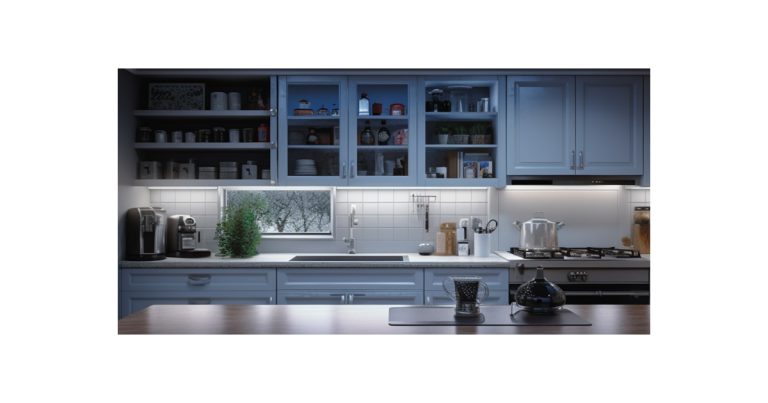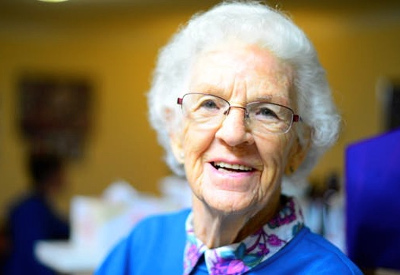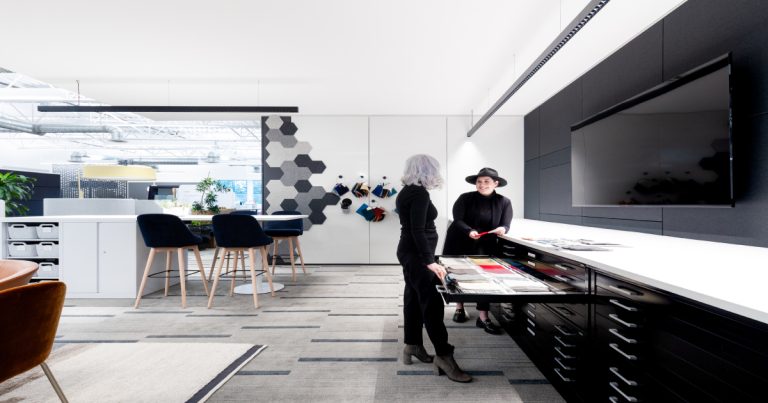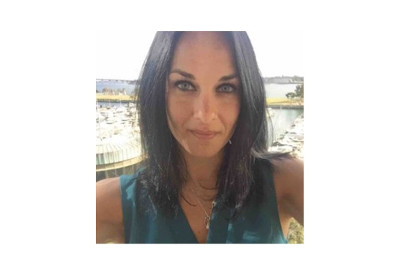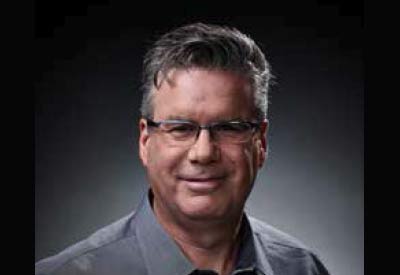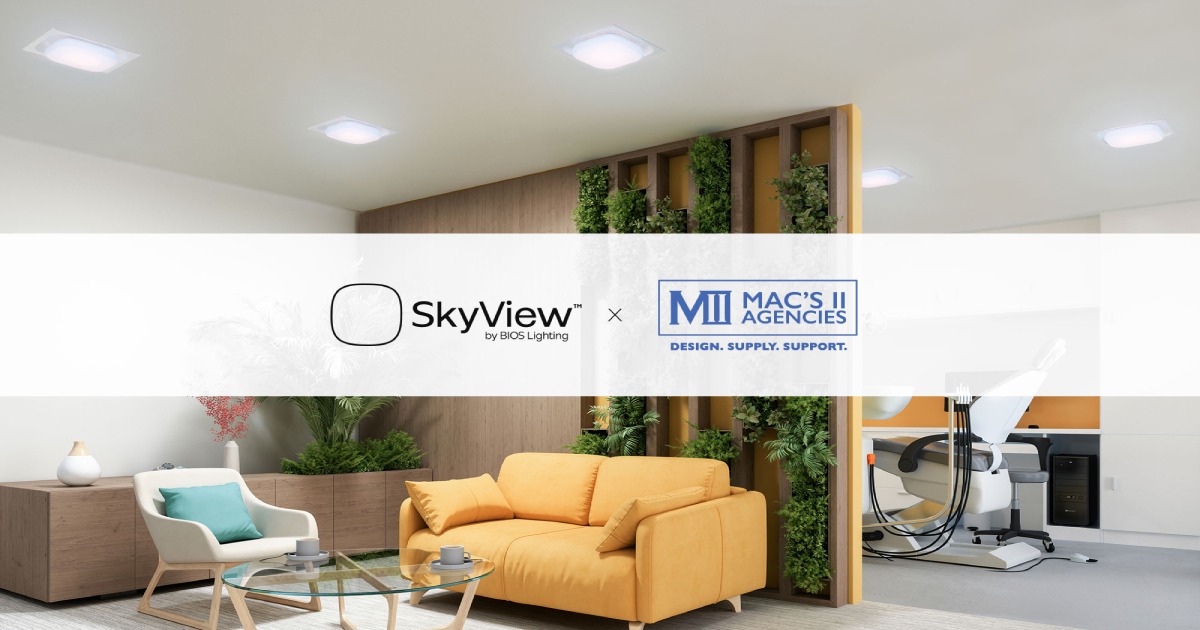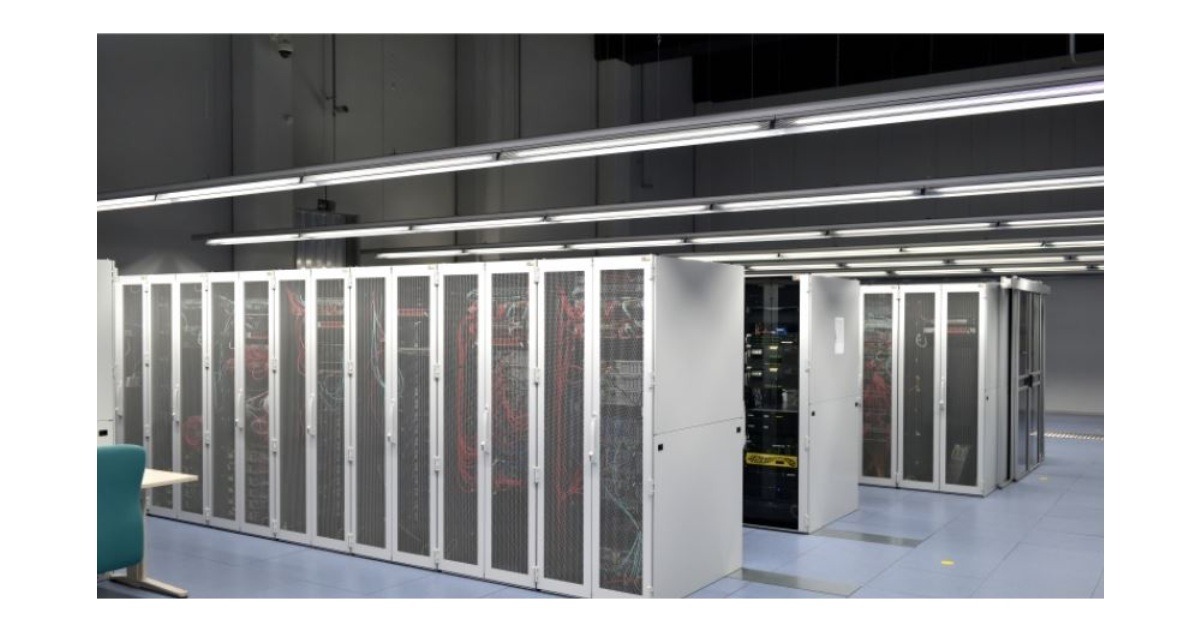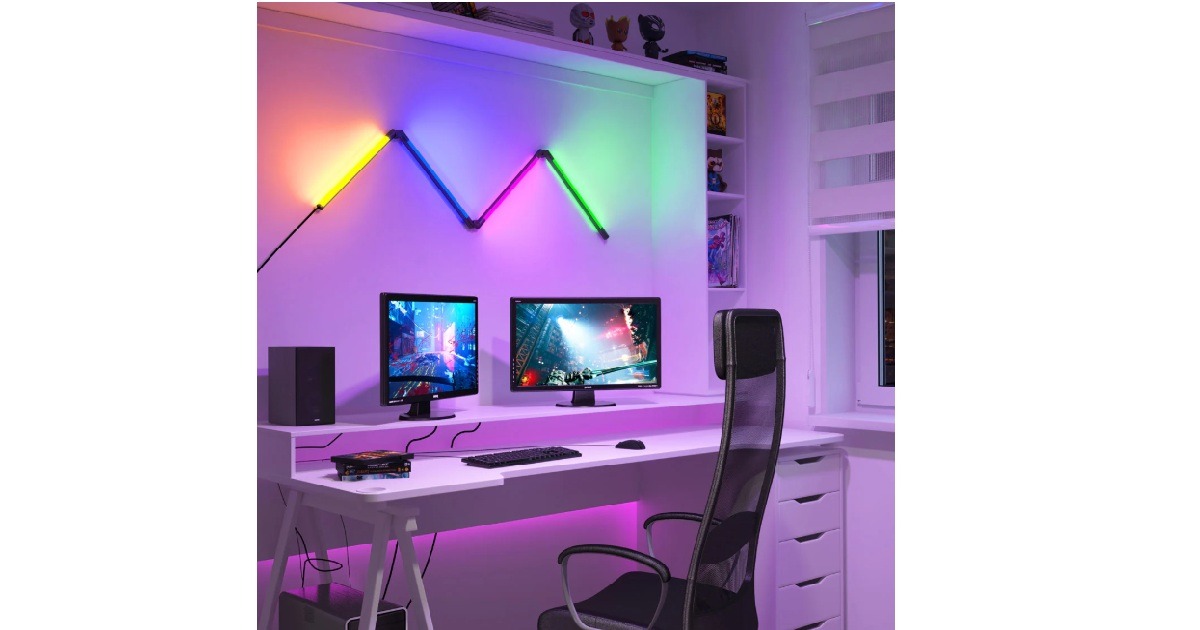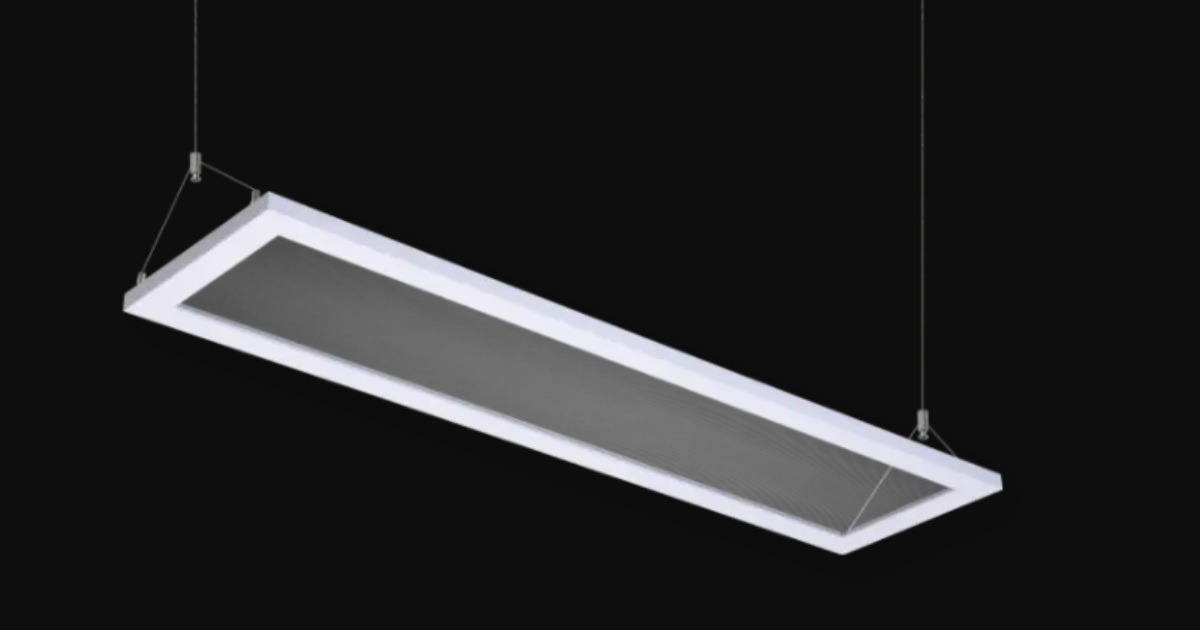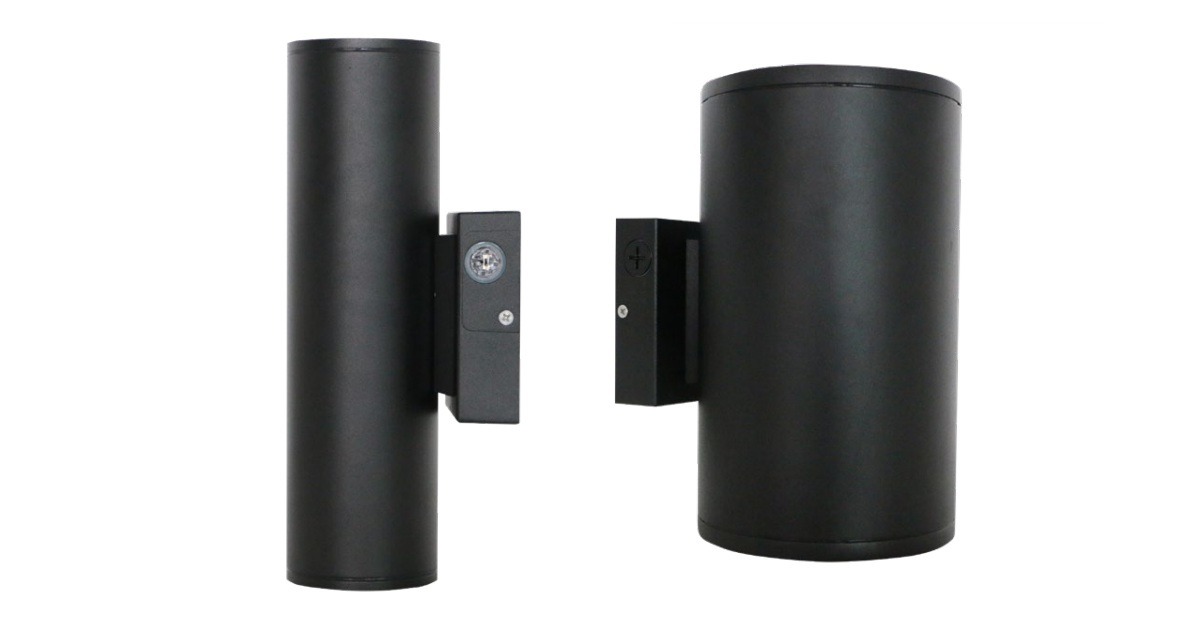Peter Hugh: Creating Magic Through Light
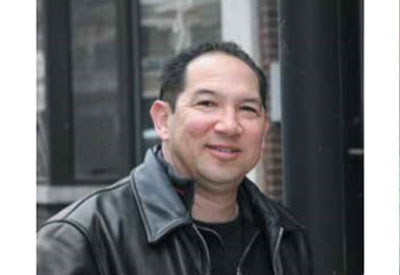
Although he’s lived in the Chicago, IL area for over 20 years, Peter Hugh of Hugh Lighting Design was born and raised in St. Thomas, Virgin Islands, and is proud to embody the laid back and improvisational nature of his beloved Caribbean homeland. He left St. Thomas to major in theater and psychology at Marquette University in Milwaukee, WI, where he found himself drawn to the craftsmanship behind the scenes as a master electrician on set. Along his career path, he credits Candace Kling at CM Kling + Associates Inc., as an invaluable mentor who enriched his passion for architectural lighting design. “Those were the most valuable years of my professional life,” he comments. “To this day, I owe everything I am professionally to Candy; she taught me what to be, and what not to be.” After respective career opportunities presented themselves concurrently to Peter and his wife, they moved to Chicago, where Peter was a lighting design leader at an architectural/engineering firm before taking the bold step of opening his own lighting design firm, Hugh Lighting Design, LLC, eighteen years ago.
What makes light magical to you?
I love the idea of magic and creating worlds. When I was a kid and everyone wanted to be cowboys and indians or police officers, I wanted to be a sorcerer. I was really into Dungeons and Dragons. [laughs] When I started getting involved with lighting sets, I thought it was really cool, and at some point, I realized that it was like magic. The concept of making someone like or not like a space, or gravitate towards one side of the room, or enter a store; these aren’t absolutes, but I can certainly influence them. It’s not measurable, it’s intangible; and you’re affecting people subconsciously. That’s the magic. And now, with all of these versatile lighting tools, technologies and controls, it’s like having a total spellbook instead of a few pages of spells. I can make all sorts of magic now.
How do you use or apply what you’ve learned in theater and psychology to lighting?
I refer to theater a lot. For example, one key theater rule was to have one or two special effects, and let everything else support that. Not everything has to be a ‘wow’. I use that same logic on a project, and encourage my clients to prioritize all the elements they want to play up so we can layer accordingly. Also, it’s important to understand the human psyche or motivation when we talk about how clients want people to feel in a space. We use the term “feel” a lot here. We don’t use “look” as often as one might think. When we ask a new client that question, we sometimes get a “deer in the headlights” look in response. There are a lot of ways to light a space, but the real take-away is how someone feels when they’re in that space. That’s what I’m trying to get to. One thing that bugs me is the depersonalization of lighting, when lighting design or lighting in general is reduced to a numerical metric. Many spaces are lit without a lighting designer involved, and let’s be honest, designers aren’t the only ones who can create a good environment. Lots of people who aren’t designers can put together a decent lighting scenario. Depersonalization comes into play when the lighting is technically correct in the space, but it tends to be sterile and flat. The right light levels are there, but it lacks warmth, feeling and personality.
What does “depersonalization of lighting” mean to the person in that space, and how does that affect them?
That’s an interesting question. Going back to psychology, one of the exercises we use with clients, and with ourselves, is to ask, “What if the project was a person? What or whom would it be? Are we designing a businessman? An entertainer? An athlete?” We create a personalized profile, and that helps us to think about how the space is different and how we can accommodate it. Sometimes it requires leaving the cookie cutter comfort zone, but the end result influences how someone feels in the space. As I said before, it’s a feeling not a noticeable look. Good lighting is for people. Joe Public doesn’t know light levels or energy use; he just knows how he feels in the space.
Where do you draw inspiration? Life. [laughs] One of the things I say is, “Have a life.” Years ago, I was interviewed for a newspaper, and talking about my IES involvement and teaching, and they said, “Oh, lighting is your life.” I said, “No! Do not print that; it’s not true.” It is a tired cliché in my mind. My wife, my family, my friends, a good rum and coke, playing Frisbee on the beach, Jimmy Buffet…that’s my life. That’s what I live for. I am passionate about lighting design, but I understand that it’s a means to support myself to have that life that I love. I draw inspiration from life, because it’s important to get out, be aware of the surrounding world, and experience life. My client pays me, but my responsibility is to all the people who will engage with this space. We must relate to those people and their experiences to responsibly perform our job. Inspiration-wise, I talked about how we create personalities within a space, or look at what a space has to offer. Some spaces have very little to offer, quite honestly, but we try not to fall back on “safe design”; we look to everyday life for inspiration. It’s lying in a hammock and seeing how sunlight filters through the leaves to form a pattern on the side of the hammock. It’s being in Downtown Chicago and seeing how shadows play off buildings. It’s being out on the beach and realizing that the glare is seriously wicked off the water. Inspiration comes from so many different things. Sometimes it just pops into my head, or certain things catch my eye. It’s hard to pin it down.
What typical challenges do you encounter?
We always battle time and money. Strangely, at this point, I think time may have bypassed money; which I never thought I’d ever say. Projects have incredibly tight timeframes, and while technologies like email, CAD and WebEx conferences are convenient, my mind still thinks at the same speed. That’s a big issue, honestly, having the time to give the project its well-due thought. Sometimes the first idea isn’t the best idea, or maybe you need to bounce it off someone or let it gel for
a bit, so you need time. On the other hand, in lighting technologies, a big challenge for me is overall coordination. It’s about getting along, and in lighting, that’s a tricky balance. If I use this fixture, and I want to use that control, will they work the way I want them to? Do I have to compromise on one? Also, there is some vagueness in wording that some lighting manufacturers are trying to address, like defining what one percent dimming is, or the new color metrics. People who work in lighting may understand how to navigate the language of lighting, but it needs to be clear to everyday people as well so they can understand and assess the value.
How have you seen perceptions of sustainability evolve since you’ve been in the lighting design business?
Sustainability must happen; it’s undeniable. Of course, it varies from project to project, but the evolution has gone from non-awareness to a point now of definitive awareness and interest, and now clients are assigning value
to it. Are they willing to pay the extra money for a sustainable technology? And if so, where are they willing to invest in it? We still spend a good deal of time educating clients on the link between lighting and sustainability. Many are aware of it insofar as they know that LEED points and well building standards call out lighting. If not for these checklists, I think awareness and value regarding sustainability would still exist, but it would be less. I love this profession. I’m extremely fortunate that I wake up every morning and use lighting to fulfill a childhood dream of being a sorcerer and have a good life. I’m fortunate to have met and to know good people, and to have plenty of opportunities for a good laugh. I have zero regrets. I’ll close off by paraphrasing Sinatra, “I’m fortunate to have done it my way.”
Published with the permission of Philips.

